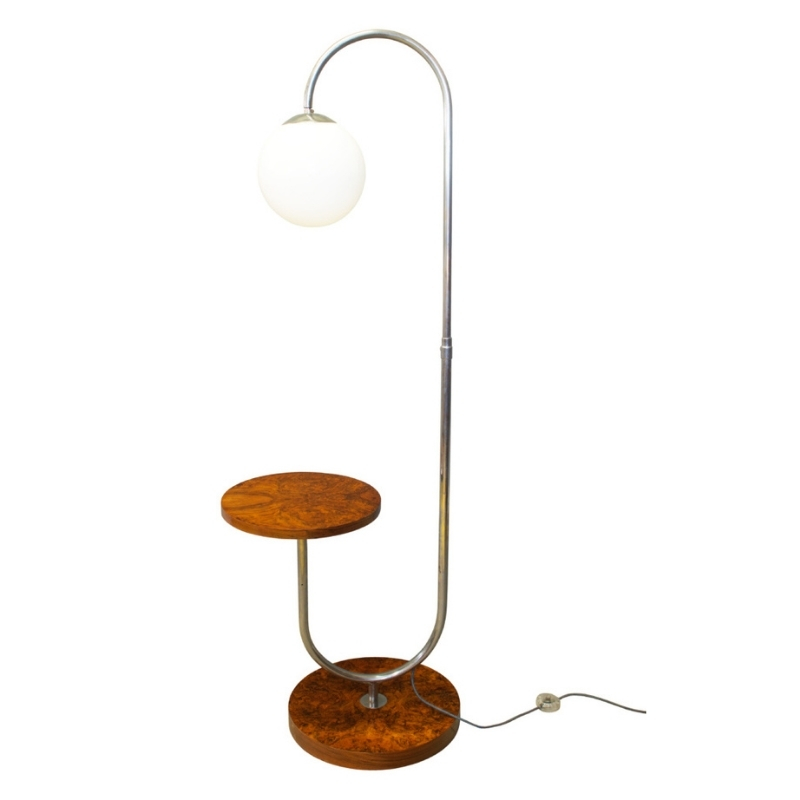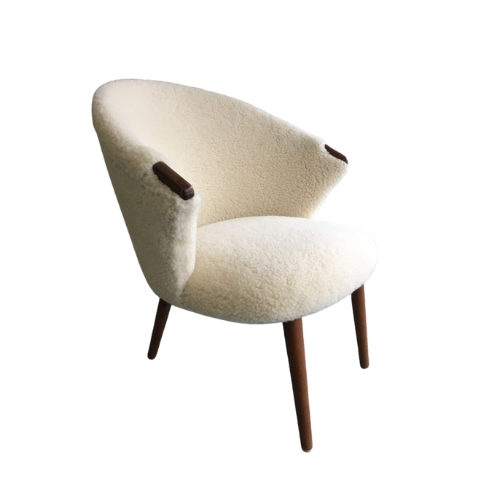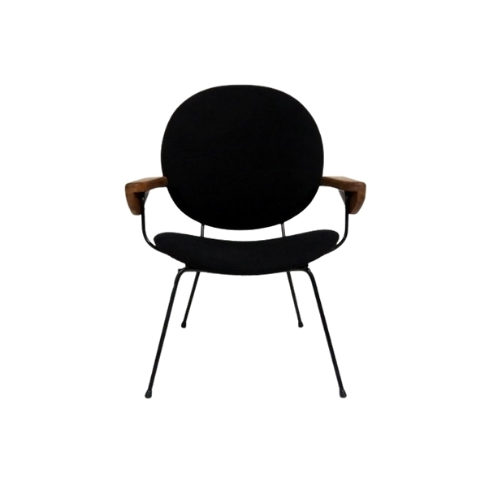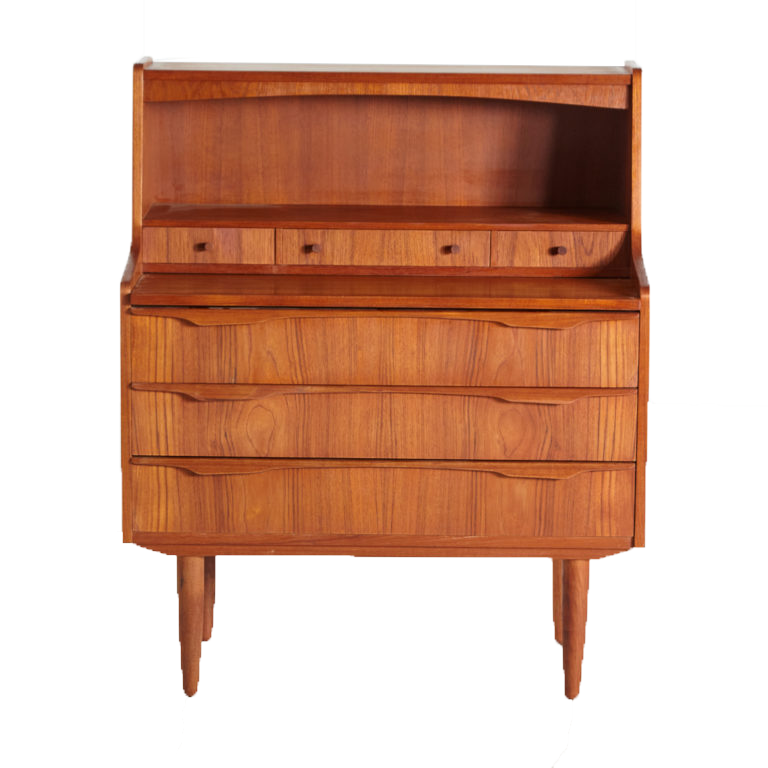It sounds like Herman Miller will produce a side shell chair made of plywood. I'm going to check into seeing one of these in person.
http://www.fastcompany.com/1835705/herman-miller-finally-creates-eames-dream-plywood-chair
OMG.
It looks like plastic -- like something from K-mart, covered with Contact Paper®.
Maybe it's a joke.
It is a staple of modernist design education that there is an ideal, a natural and inevitable, a correct material for any form. Once a product is realized in its native material, it is a perversion to recast that form in a different substance.
"New skins for new wine." If Herman Miller wanted to make a molded plywood shell chair, let them commission a new design to incorporate the idea.
Otherwise, we might as well give it up, and mix-and-match all our classic designs in novel materials -- like a giant game of musical chairs (you should pardon the pun). Painted Eames Loungers -- cast-resin Nelson Benches -- wood-slat Barcelona Chairs -- because we're bored ?
Not because they are bored,...
Not because they are bored, but because Herman Miller thinks there is a buck to be made.
The design ethos that George Nelson brought to the company disappeared many years ago. If they can figure out a new way to cash in on the interest in vintage designs, they will.
Stay tuned for the Nelson slat bench in resin... for outdoor use!
If the shoe
fits . . . I suppose it's okay.
The problem with that shell chair above is that it would be virtually impossible to get wood veneer to take a compound-curved form -- short of melting it with ammonia or some such. That (and the surreally-smooth surface) is what makes the chair look painted -- or printed.
And that's why the form and the material don't -- in this case -- match.
Seen the new Medici Chair by Konstantin Grcic ? When he turns to wood, he designs for wood.
http://www.trendsnow.net/2012/05/the-medici-chair-by-konstantin-grcic-fo...
SDR, you mean Grcic designs for wood
that's been processed into uniform geometric planks that are smooth, flat, and square. To me his chair looks unfinished, like it's waiting to be sculpted, perhaps.
I agree with you, however, that there's something inherently wrong with the plywood shell. In the first photo it looks intriguing. In the second, not so much.
I think if the Eames were working today, they'd be looking to employ modern materials like carbon and aramid fiber fabrics and current techniques like vacuum infusion to achieve strength-to-weight ratios undreamed of in their day.
I've never been
one for wood-carving. Too much like work -- and wasteful, one could argue. The nearly universal means of converting a tree into useful material is to saw it into slabs or planks -- and the most economical means of using those planks is to make flat boards from them. And, it must be argued, these processes just happen to work perfectly with the nature of wood, which is that pieces cut parallel to the vertical dimension of the tree are the strongest and most flexible which could be had from that kind of plant.
Carving, turning, and other shaping processes, which are necessary to make "unnatural" objects of wood, also necessarily involve waste of material -- that is, chips and sawdust. Round objects, like, for instance, bowls, which one might think could be aligned with the cylindrical shape of the natural bole (a linguistic coincidence) are in fact not cut from the tree that way, as they would be very weak: A disc of wood cut across the grain is very prone to breaking up, which is why such pieces are always cut with their longest dimension parallel to the axis of the tree. So-called butcher block slabs also run with the grain, while true butcher block -- short-grain glue-ups -- are made thick enough to hold together over time.
But you knew all that. . .
Is compressing micro-veneers
into unnatural shapes the highest and best use of rare hardwoods? One could argue the case.
It is certainly in our nature as humans to impose order on the randomness of the natural world. We need our point of reference established so that we may have confidence in our foundation, yet the eye of the soul yearns for forms that echo nature. A fair curve or an unexpected twist, perhaps. Some relief from the rigid dictates of milled materials.
I too believe
in expressive form -- though I admit to a Wrightian/Constructivist bias toward straight-edge shapes. But the two aren't mutually exclusive; I think there's plenty of "form" going on in Grcic's wooden chair, even without a single arc.
Wright was no hands-on crafter, but he understood, c. 1901, that the tools of the woodworking trade "wanted" to make straight lines. And his drafting instruments did too. As the new age seemed to call for the elimination of what had by then become all too common -- machine-produced "carving" which had nothing to do with honest craft -- it was time to sweep that aside and look for other effects with which to beguile the eye: space itself, the colors and textures of materials in thoughtfully-arranged combination.
Nothing wrong with Wharton Esherick or George Nakashima -- both of whom could be called lovers of expressive woodwork, often employing straight lines in combination with softer shapes -- but there's still a place for the "board as a board," it seems to me.
(There's a flaw in The Medici Chair, I think: the place where the "arm" -- the outer edge of the back structure -- widens as it rises to become a wedge-shaped diagonal. If the wood in this chair were to give way anywhere (due to abuse, accident, or inferior stock, say) it would be at that junction of thin to diagonal -- it seems to me.)
If you need any help, please contact us at – info@designaddict.com









